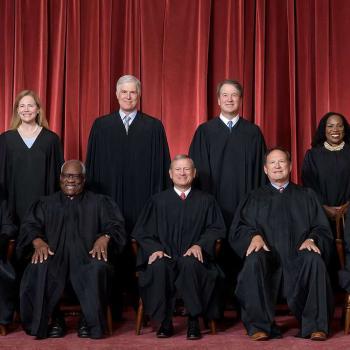The decades long climb in the share of American couples living together outside of marriage has come to a halt.
The share of Americans living with someone in an intimate relationship resembling marriage was largely unchanged between 2000 and 2010, according to Zhenchao Qian, a sociologist at The Ohio State University, who studied Census data. . . .
The number of cohabiting couples grew from 0.4 million in 1960 to 3.8 million in 2000, according to Census data, and nearly 60% of couples who got married in the early 1990s cohabited first. Even among the elderly, cohabitation has become common. Americans with more financial resources tend to move on from cohabitation to marriage, while working and lower-middle-class Americans are more likely to maintain cohabiting living arrangements. . . .
The rapid rise of cohabitation in recent decades appears to have halted in the 2000s, Mr. Qian says. One clue that this leveling off has to do with the Great Recession of 2007-2009 is that the prevalence of cohabitation was lowest among those with less education and among minorities — two sub-populations that were disproportionately hurt by the recession.
“This is a finding that we did not witness in the past,” Mr. Qian says. “It is possible that these individuals might not even [be able to] afford cohabitation, or only have unstable cohabiting relationships due to poor unemployment opportunities and economic resources.” Even if these couples cohabited, his thinking goes, they may have broken up more quickly, because of economic difficulties, which means they weren’t captured by the Census’ snapshots.
Another possibility is that cohabitation has become so common and socially accepted that it’s following the same pattern as marriage — with Americans who lack economic resources or wish to avoid commitments shying away from cohabitation the same way they might stay away from marriage.
At the same time, it’s possible cohabitation has become more expensive as it’s been normalized, which means Americans hard hit by the recession probably couldn’t afford not just a wedding but also this intermediate step before marriage. “Cohabitation has become so prevalent that it has become a social institution, which comes with expectations and norms,” Mr. Qian says. “As a result, some young men and women may be discouraged from entering cohabiting relationships.”
See what Russell Moore has to say about this.












